Lori Nichol: Welcome to the Skate Canada Hall of Fame
Welcome to the Skate Canada Hall of Fame
Lori Nichol’s skating career began on a backyard rink hanging on to the end of her Dad’s hockey stick while her Mom glided by in a beautiful arabesque.
That was London, Ontario. Lori was four years old.
After her Dad was transferred to the United States it wasn’t long before Lori’s parents enrolled her in skating lessons at the local club. Eventually she was tutored by the incomparable coach Don Laws.
From her first step on the ice, she was enchanted by the music and how it moved her to create movement and expression. While other skaters practiced their programs, Lori would be skating to their music with her own version of the choreography. Mr. Laws would have to explain to the other skaters that Lori wasn’t being rude, she was simply inspired by their music and how it spoke to her.
It was a sign of things to come for Lori.
“Everything begins with music.”
Lori admits that despite her love of skating, her competitive career wasn’t a huge success. At that time and with exposure to artistic movement lessons, she was slowly discovering she preferred the creative process and felt incredible joy in pursuing the “art” of skating. She appreciated that good skating consisted of great jumps and spins but she also intuitively had a sense that other parts of the sport were worth examining too. What about all the stuff in between? Things like edgework and control, the invention and exploration of movement, the study of sound and how the combination of those things could be expressed in the blade’s relationship with the ice. Those unexplored elements were fascinating to her.
While Lori was delving into her artistic talents, another skater, this one of international and Olympic fame, was putting his artistic stamp on the skating world. Olympic champion John Curry felt so strongly about skating’s artistic potential, he had already created a skating company that would explore that potential through choreography and expression … and he wanted Lori to join. For young Lori, it was a dream come true and her first professional exposure to the rigors of ballet training, the purity of skating and the skills the performers had to develop in order to deliver the material at the standard John expected. It was an intense learning experience.
After an injury that forced her home and out of the Company, Lori found herself lost. She took endless types of jobs to pay the rent while she was undergoing physiotherapy.
Did You Know?
Did you know that Hall of Fame Inductee and world renowned choreographer Lori Nichol was competing at age 10 in her favorite yellow skating dress modeled after a costume worn by US legend Janet Lynn?
One day, a former cast mate in the show, Shaun McGill, asked her if she would substitute teach for him at the Granite Club in Toronto. She wasn’t expecting to love it. Working with young skaters and discovering in them how to make each one unique and special was inspiring. The experience ignited in her the idea that perhaps teaching “artistry” and the quality things she truly loved about skating could be a new and exciting direction for her. … and she already knew the sport needed an artistic advocate.
As her professional teaching career gained momentum, she continued her study of skating’s artistry. She researched the worlds of music, horticulture, fashion, art and architecture, the masters … looking for structure and motivation in anything aesthetic … and always attempting to translate it to the ice.
One summer she took a team of her skaters to Lake Arrowhead in California to study with the legendary Frank Carroll. There she found a mentor and friend who counselled her that if choreography was her thing, she should definitely follow that dream. And to support his advice, he phoned her later in Toronto to ask if she’d work with one of his promising young students.
Lori’s first lesson with this young girl in pigtails was spent figuring out how to connect and trying to build a relationship of trust. That first foray wasn’t easy. How could she explain the meaning of music and artistry when the skater was only interested in how to land a successful triple Lutz? It forced Lori to build on her approach.
“Some skaters are stuck between two worlds”, says Lori. “Are they athletes or artists? My job is to find the music that they love, music that inspires them with ideas and movement, music that will continue to inspire them throughout the season … and still respect the intention of the composer.”
Over the next several years working with Frank’s young student, Lori felt she had a blank canvass on which to help the skater paint an exquisite picture. With Lori’s choreographic vision, that youngster went on to win nine US Nationals, five World Championships and two Olympic medals. Michelle Kwan is one of the most decorated skaters ever.
In Lori’s 30 year career, her choreography has produced 45 Olympic and World medals performed by athletes from all around the world. For Lori each program she creates provides a unique experience and the opportunity for both the skater and the teacher to enter into an intense discovery process together.
She has created some of skating’s most memorable masterpieces: Michelle Kwan’s “Salome”, Jamie Sale and David Pelletier’s “Love Story”, her many creations for Patrick Chan, Joannie Rochette’s “Samson and Delilah, yet Lori’s proudest moments aren’t necessarily about specific programs.
“It comes down to working with athletes from when they’re young, such as Michelle Kwan, Patrick Chan and Carolina Kostner, and having a vision for what style and skills would make them unique. Sometimes it takes years of work before you see results however I’m motivated to envision the impact they could have on skating, and the tenacity, the patience, the acumen and passion it will take to get them there.”
Lori is also inspired every time a skater has a great performance and she sees the joy and satisfaction in their faces.
“I will never forget the look on Michelle’s face at 1996 Edmonton Worlds after skating clean; Jamie and David’s reaction in the kiss and cry when they won Worlds in Vancouver; Evan Lysacek and Shen and Zhao’s look of relief and peace with the gold medal around their necks in Vancouver; Patrick Chan’s special laugh and amazement after winning Worlds 2012 by so many points; Denis Ten going crazy when he won the Free at London Worlds 2013: Carolina Kostner’s smile through her entire Olympic experience in Sochi and Mao Asada’s upbeat tribute to her Mom. That’s when I feel I have done something special!”
It’s the relationships that have so much meaning for Lori, friendships built in the safe and nurturing environment she creates on the ice.
Off the ice, she translates her passion for the artistry of skating into building a better judging system through her work with the International Skating Union. As a contributor and author in the on-going education of judges and the refinement of the Program Components, Lori’s efforts have been recognized world-wide.
In the words of Robert O’Toole, Lori’s one time coaching partner, “Lori wrote the book on how we define, structure, view, and judge the artistry of skating.”
Lori is respected around the world for her work and admits it has become a personal mission to raise the understanding of what aesthetics means, for example, in Japan as opposed to in Russia or in France and Germany, in England or in the United States and Canada … and that one style or one way is not better than another.
According to Lori, “Skating’s greatest challenge is to understand and respect those differences and then educate, educate, educate so we have the tools to know what is considered true quality within those style preferences. I will fight to make sure the art of true skating is never forgotten!”

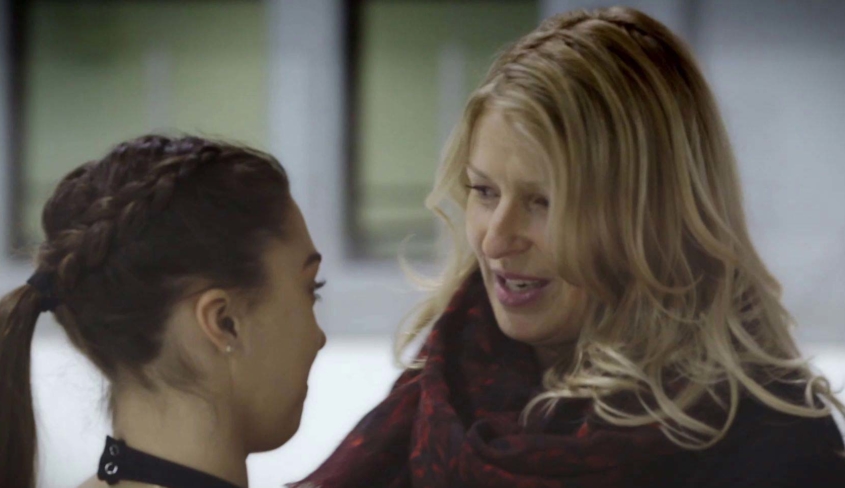
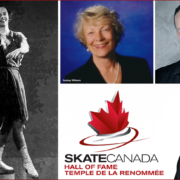
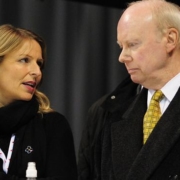
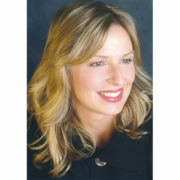
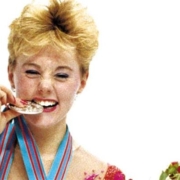

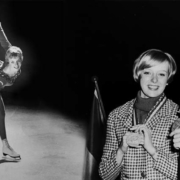
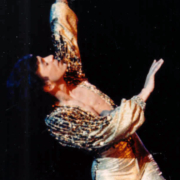



Leave a Reply
Want to join the discussion?Feel free to contribute!